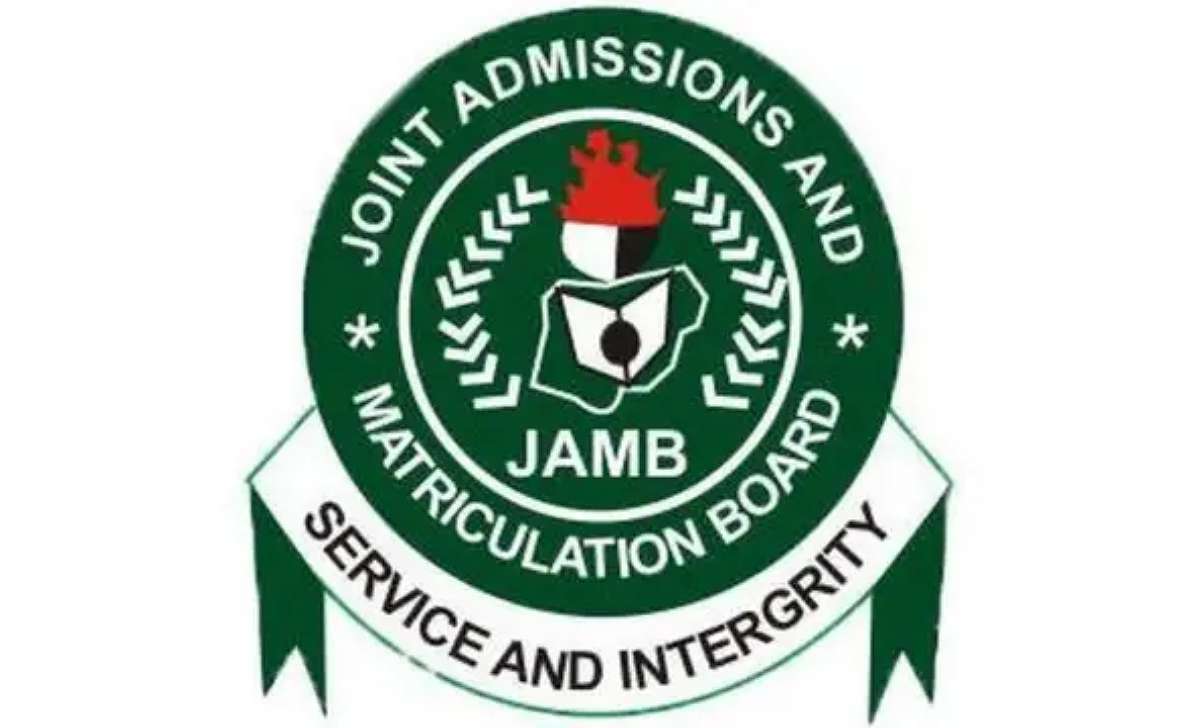If you’re preparing for the JAMB Physical and Health Education (PHE) exam for 2025/2026, you’re in the right place.
This article breaks down the areas of concentration you need to focus on, provides helpful tips, and ensures you’re well-prepared.
Whether you’re a first-time candidate or re-taking the exam, understanding the syllabus is your key to success.
What to Expect in the JAMB PHE Exam
The PHE exam covers a mix of theoretical and practical topics. It tests your knowledge of physical education principles, health practices, and how these concepts relate to daily life and society. By focusing on the outlined areas of concentration, you can streamline your study process and feel more confident on exam day.
JAMB Areas of Concentration for Physical and Health Education 2025/2026
Foundations and Principles of Physical and Health Education
This area introduces you to the basics of PHE. You’ll need to understand:
- The definition and scope of Physical Education.
- The objectives of Health Education.
- The roles of physical activity in personal and societal development.
Study Tips:
- Start by defining Physical Education and Health Education in your own words.
- Research how health education improves community health.
- Write short notes on the benefits of physical activity, such as better mental health, stronger muscles, and improved social skills.
Human Anatomy and Physiology
This section focuses on the human body and how it functions, especially in relation to physical activity. Topics include:
- The skeletal system and its role in movement.
- The muscular system and how it supports the body.
- The circulatory and respiratory systems.
- Basics of the nervous system and sense organs.
Study Tips:
- Use labeled diagrams to understand body systems.
- Relate the systems to physical activities—e.g., how the respiratory system supports running.
- Practice identifying parts of the skeleton and muscles in real life or online resources.
Theory and Practice of Sports and Games
This area dives into different sports, their rules, and how they’re played. Focus on:
- Track and field events.
- Team sports like football, basketball, and volleyball.
- Racket sports like badminton and table tennis.
Study Tips:
- Watch videos of professional athletes in these sports to understand techniques.
- Familiarize yourself with the rules of the games.
- If possible, practice these sports to gain hands-on experience.
Food, Nutrition, and Drugs
Here, you’ll learn about the relationship between diet, health, and physical performance. Topics include:
- Types and sources of food.
- Essential nutrients and their roles in the body.
- Drug use, misuse, and its effects on health.
Study Tips:
- Create a table listing nutrients, their functions, and food sources.
- Study examples of balanced diets for athletes.
- Research how drugs affect performance, using examples like caffeine or anabolic steroids.
Physical Fitness and Conditioning
This section emphasizes physical fitness, including:
- Components of physical fitness (e.g., strength, endurance, flexibility).
- How to design fitness programs for different goals.
Study Tips:
- Evaluate your own fitness level by testing flexibility, strength, and endurance.
- Write out simple workout plans for goals like weight loss or strength building.
- Research the benefits of each fitness component.
Recreation, Leisure, and Dance
This area looks at recreational activities and their importance in promoting health and social interaction. Topics include:
- The concept of recreation and its types.
- The role of leisure in stress management.
- Traditional and modern dance.
Study Tips:
- Participate in a recreational activity like hiking or swimming to experience its benefits.
- Learn basic dance moves and research their cultural significance.
- Study the difference between active and passive recreation.
First Aid and Safety Education
This section prepares you for emergencies by focusing on:
- Basic first aid techniques.
- Common injuries and how to handle them.
- Safety practices in sports and daily life.
Study Tips:
- Watch tutorials on administering CPR or treating minor cuts.
- Memorize common first aid procedures for burns, sprains, and fractures.
- Make a checklist of safety rules for sports activities.
National and International Sports Competitions
- Sports competitions at the national level
- Names and roles of institutional games
- International sports competitions and the governing bodies
Corrective and Adapted Physical Education Programme
- Meaning and types of disability and special needs.
- Adapted physical activities for people with disabilities and special needs
- Social and emotional problems of people with special needs
- Prevention of disability
- Corrective exercises to rehabilitate people with special needs.
Personal, Community, and Environmental Health
- Personal Health
- Community Health
- Environmental Health
Communicable and Non-communicable Diseases
- Disease – Meaning and causes
- Communicable diseases
- Non-communicable diseases
Family Life and Human Sexuality Education
- Family
- Human sexuality education
- Family planning
How to Prepare for the JAMB PHE Exam
Now that you know what to study, here are some preparation tips:
- Use the JAMB Syllabus: The syllabus is your map to success. Follow it religiously to avoid wasting time on irrelevant topics.
- Practice Past Questions: Past questions help you understand the exam format and the types of questions to expect.
- Create a Study Schedule: Dedicate specific hours to studying each topic.
- Join Study Groups: Discussing with others can clarify concepts and keep you motivated.
- Stay Active: Practice what you learn by engaging in physical activities. This helps you remember concepts better.
If this article has been helpful, share it with your friends preparing for JAMB. Got questions or tips of your own? Let’s discuss in the comments below—I’d love to hear from you.
